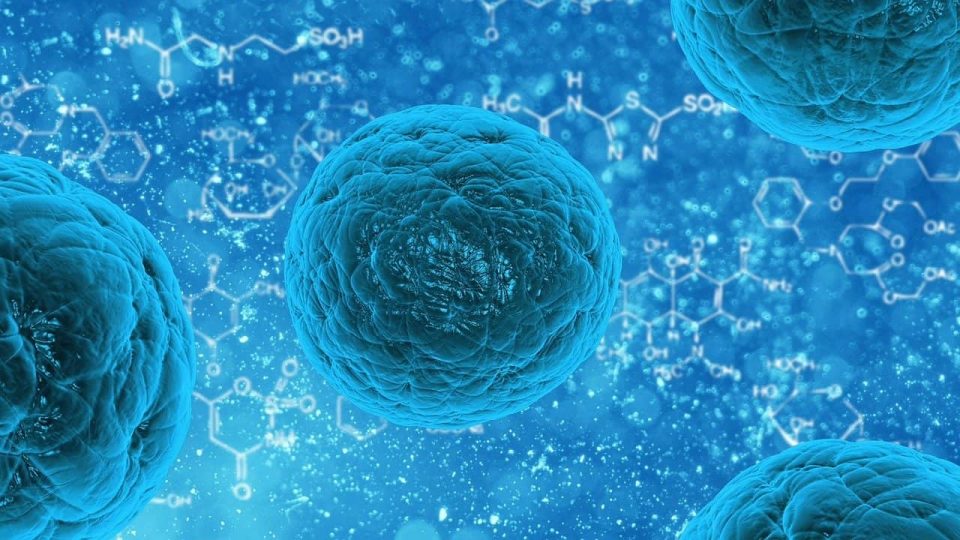The unforeseen challenges caused by the COVID-19 pandemic has tormented the world. Coronaviruses are a group of related RNA viruses that cause diseases in mammals and birds. In humans, these viruses cause respiratory tract infections that can range from mild to lethal. The world is doing the best to keep the deadly coronavirus at bay as we are still working on vaccines to prevent or treat human coronavirus infections. As the crucial vaccine data is surfacing in the news, the role of T cells are coming up as a crucial immune player.
T cells, unlike antibodies, can kill virus-infected cells, can remember past diseases for decades, and stimulate fresh antibody group after the first have left.
Also see: How does coronavirus affect the human body?
Coronavirus infection and a vast majority of COVID-19 patients showed a high number of activated T-cells that recognize the SARS-CoV-2 virus and speeds up the recovery (T cell response). Involvement of T cells or popularly known as T cells response was registered in early trials of vaccine candidates developed by Pfizer–BioNTech and Moderna. Apart from this, the latest data emerged from early human trials of Oxford University–AstraZeneca’s vaccine candidate also mentions these white blood cells in vaccine recipients besides producing antibodies.
What are the T cells?
- Type of leukocyte (white blood cell), T cells or T lymphocyte works after our body’s natural immune system is working on keeping off the invading pathogen (bacteria, virus or parasite). Basically, T cells are our body’s second line of defence
- T cells are a part of our immune system that focuses on specific foreign particles
- T cells circulate until they encounter their specific antigen
- Upon exhaustion of antigens or clearance of invading organisms, most of these T cells die by default
- a few of these cells survive, remaining inactive until the body is exposed to a similar pathogen (bacteria, virus or parasite)
- Upon the invading threat, they act faster and stronger, this time
Classes of T cells
- T helper cells (Th)
- This group of T cells helps stimulate the responses of other cells, mainly macrophages, B cells, & cytotoxic T cells
- They help the activity of other immune cells by releasing cytokines. The cytokines prime the maturation of B cells, which become plasma cells and produce antibodies to neutralise the pathogen.
- They help in increasing antibody responses essential for eliminating toxins, extracellular parasites, and neutralising viruses
- Another subset of T cells, called CD4+ T cells, helps macrophages or phagocytes to eliminate harbouring intracellular pathogens.
- Cytotoxic T cells (Tc)
Often called CD8+ T cells, these T cells directly kill cells that are infected with a virus
Origin of T cells
- T cells originate in the bone marrow but are matured in the thymus
- They remain inactive until they find their specific antigen
- The role of T cells in COVID-19
- Many medical reports and researches have shown that stimulating a T cell response is important to fight coronavirus
- People who were earlier infected with SARS in 2003, still have a T cell response to the disease, even after 17 years.
- Both neutralising antibodies & T cells responses may be required for vaccine efficiency
In the coming time, as more and more vaccine candidates are put through trials and more data sets emerge, this aspect of the “T cell response” will be in the spotlight.




